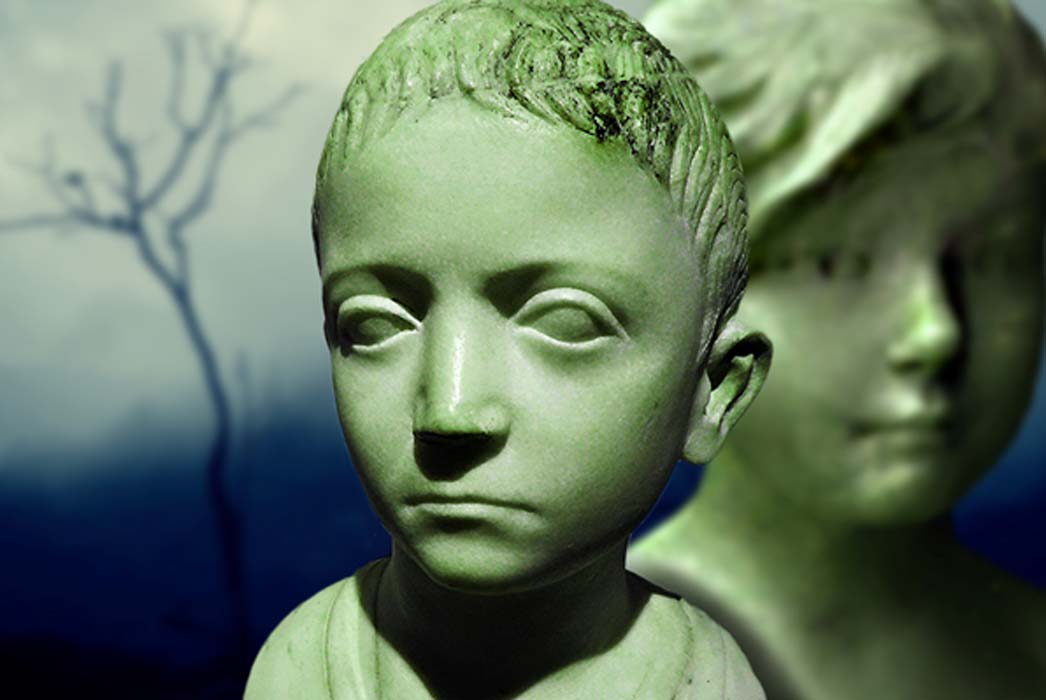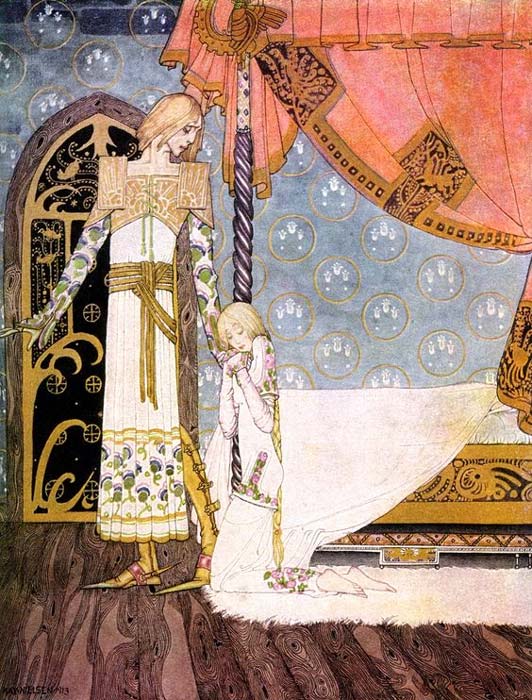
The Green Children of Woolpit – An Otherworldly Tale That Just Might be True
The story of the Green Children of Woolpit, Suffolk, has always been one of the strangest medieval folktales, and that's up against some pretty stiff competition. If you don't know it, it goes a bit like this…
A Strange Tale
The story is set at some point in the 12th century. The location is the village of Woolpit in Suffolk, England. One day during the harvest, the villagers discovered two children loitering around the 'wolf pits' (deep excavations designed to trap wolves, which at that time were still relatively common in England) and apprehended them. Apparently, they “had the form of all their limbs like to those of other men, but they differed in the color of their skin, which was tinged all over a green color.”

The Green Children of Woolpit, by Katalin Polonyi ©
They also could not speak English or any language known to the villagers, who escorted them off to a local lord, a knight by the name of Sir Richard de Calne. Here they were offered food but would not eat anything until some beans (probably either broad beans or a type of vetch, both common crops throughout the medieval period) were brought to them. They lived on such beans until they were eventually induced to eat other food within the manorial residence. In a short time the boy sickened and died, but the girl survived, lost her green color, was baptized and was given a position of some sort within the knight's household. One version of the story suggests that she was "rather loose and wanton in her conduct.”

Kay Nielsen, East of the Sun West of the Moon, 1914 (Public Domain)
The story then reports her words, after learning English, in response to questions about how the children arrived at Woolpit and where they came from. She asserted that they came from a land where all the inhabitants had green skin, ate only green food, and where there was perpetual twilight.
“Moreover, a certain luminous country is seen, not far distant from ours, and divided from it by a very considerable river.” On the day they arrived in Woolpit they had been tending their father's flock (the insinuation is that they are siblings, although this is never directly stated) when they came upon a cave, from which they heard the sound of bells. They wandered into the cavern and after some time emerged into the Suffolk landscape where they were struck senseless by the excessive sunlight and unusual temperature of the air. Frightened and disorientated, they were caught by the harvesting villagers and so the story comes full circle.
A Medieval Anomaly
What can be made of this story? For a medieval folktale, it has the unusual quality of authenticity about it. There is no Christian moral, places and people are named, and it appears to be a unique incident, reported in the chronicles much as more everyday historical occurrences are mentioned.




